Exciting news awaits for road safety enthusiasts in India! Starting from October 1, 2023, our nation is all set to roll out its very own car crash test rating system, officially named Bharat NCAP (New Car Assessment Programme). Collaboratively established by Global NCAP and the Ministry of Road Transport and Highways (MoRTH), this initiative aims to raise the bar for vehicle safety on our roads.
India’s Proud Achievement
Firstly, India will join the ranks of just five countries globally to introduce an indigenous car crash test rating system. This remarkable achievement reflects the collective commitment of the government and the automobile industry to ensure the safety of all individuals on the road.
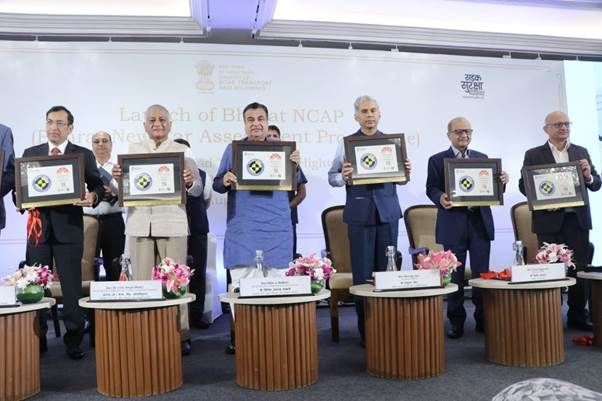
The Bharat NCAP Logo and Ratings
A notable feature of the Bharat NCAP will be its distinctive logo and an accompanying sticker that serves as an indicator of a vehicle’s safety performance. Additionally these stickers will be adorned with stars, ranging from 1 to 5, signifying the vehicle’s efficacy in safeguarding passengers. Moreover, the evaluations will encompass three core aspects: the car’s ability to protect adults, its child protection measures, and the incorporation of safety assist technologies.
Thorough Testing Process
To comprehensively assess a car’s safety capabilities, the Bharat NCAP employs rigorous testing methodologies, including:
- Front Crash Test: This evaluates a car’s response to a head-on collision.
- Side Crash Test: It assesses a car’s resilience when subjected to a side impact.
- Side Pole Crash Test: This test scrutinizes the car’s performance during a side collision with a pole.
These evaluations are pivotal in determining the structural integrity, occupant safety, and effectiveness of safety features. Vehicles that achieve a 3-star rating or higher must also be equipped with vital safety elements like stability control and seat belt reminders.
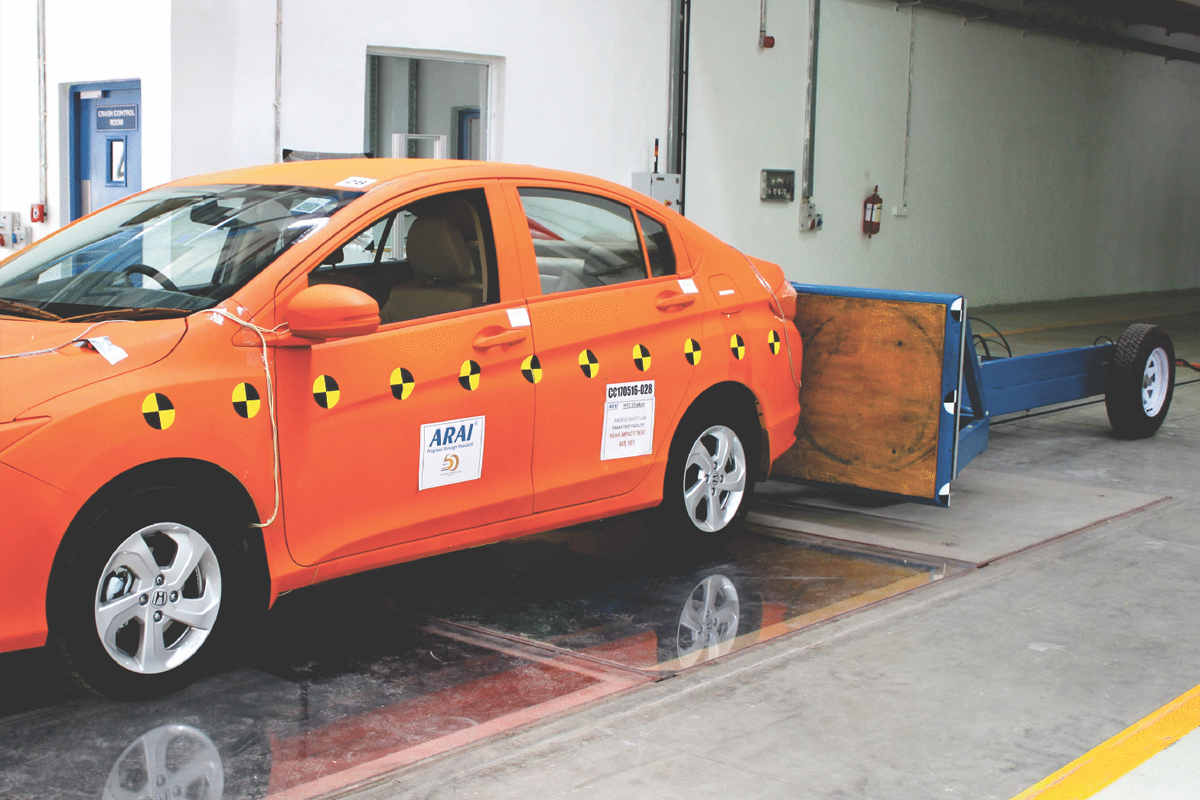
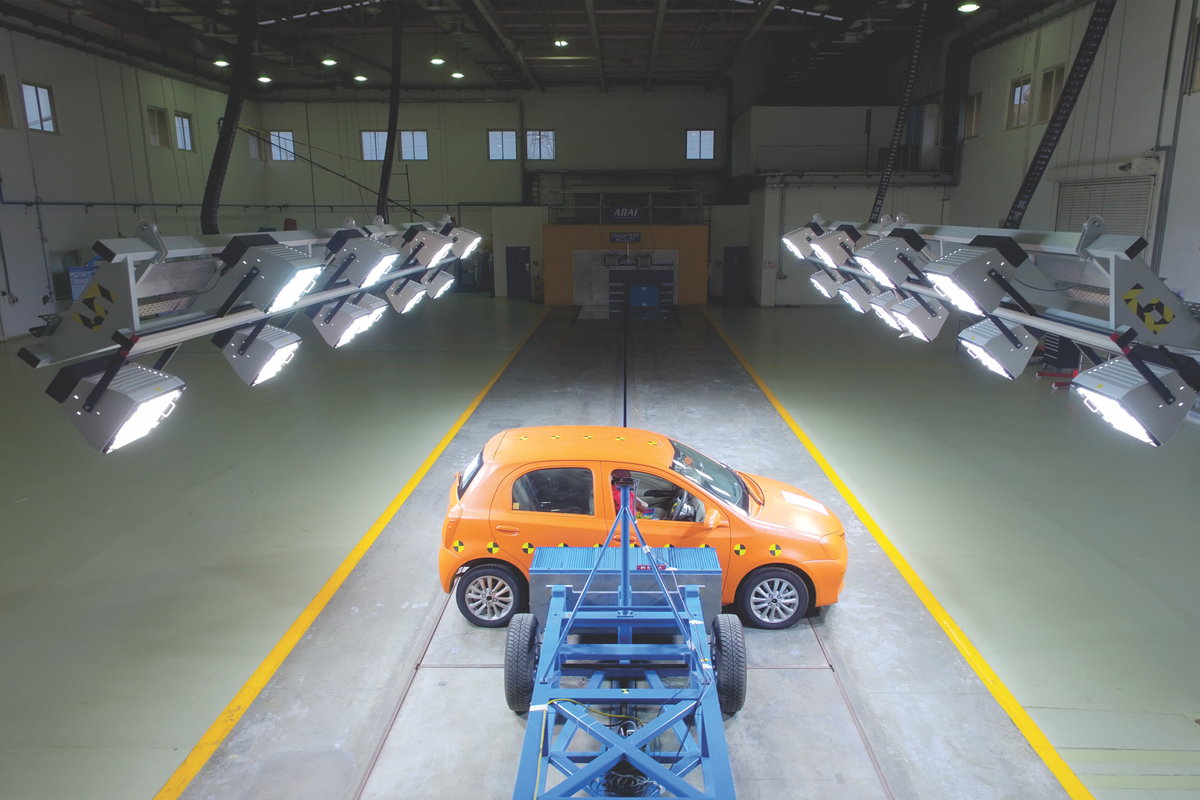
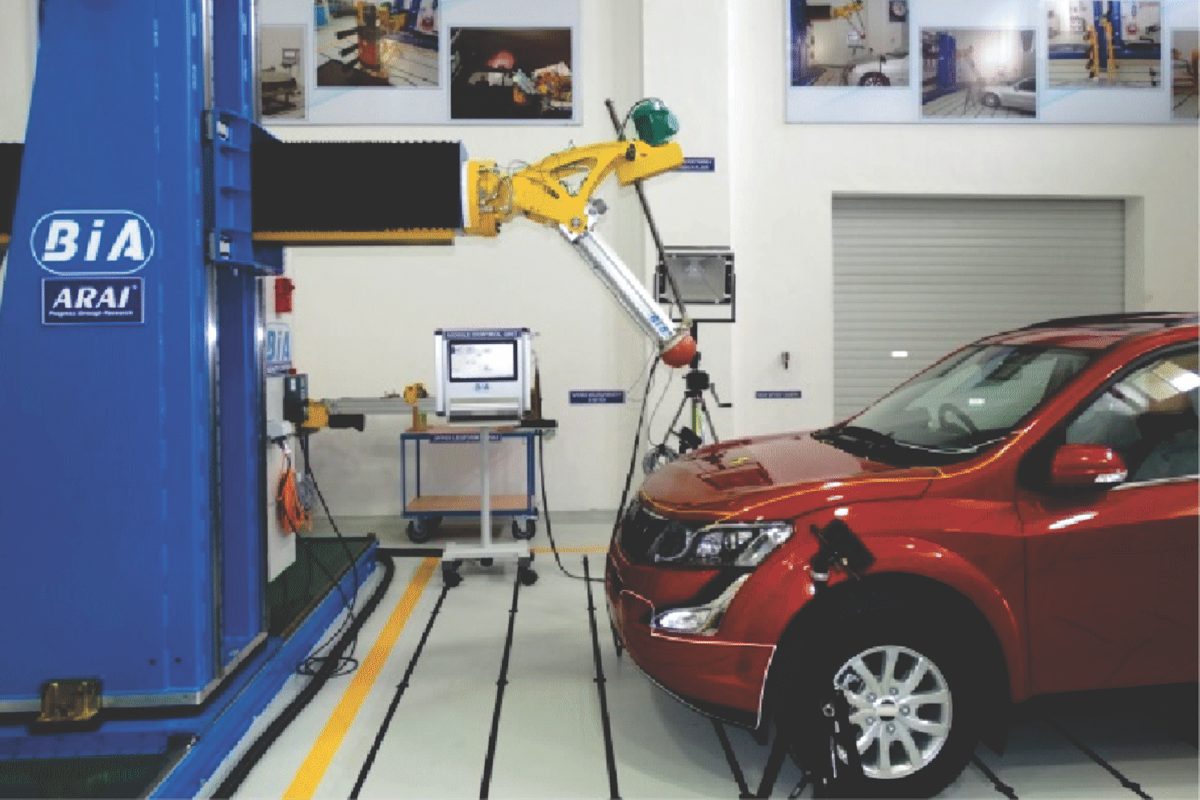
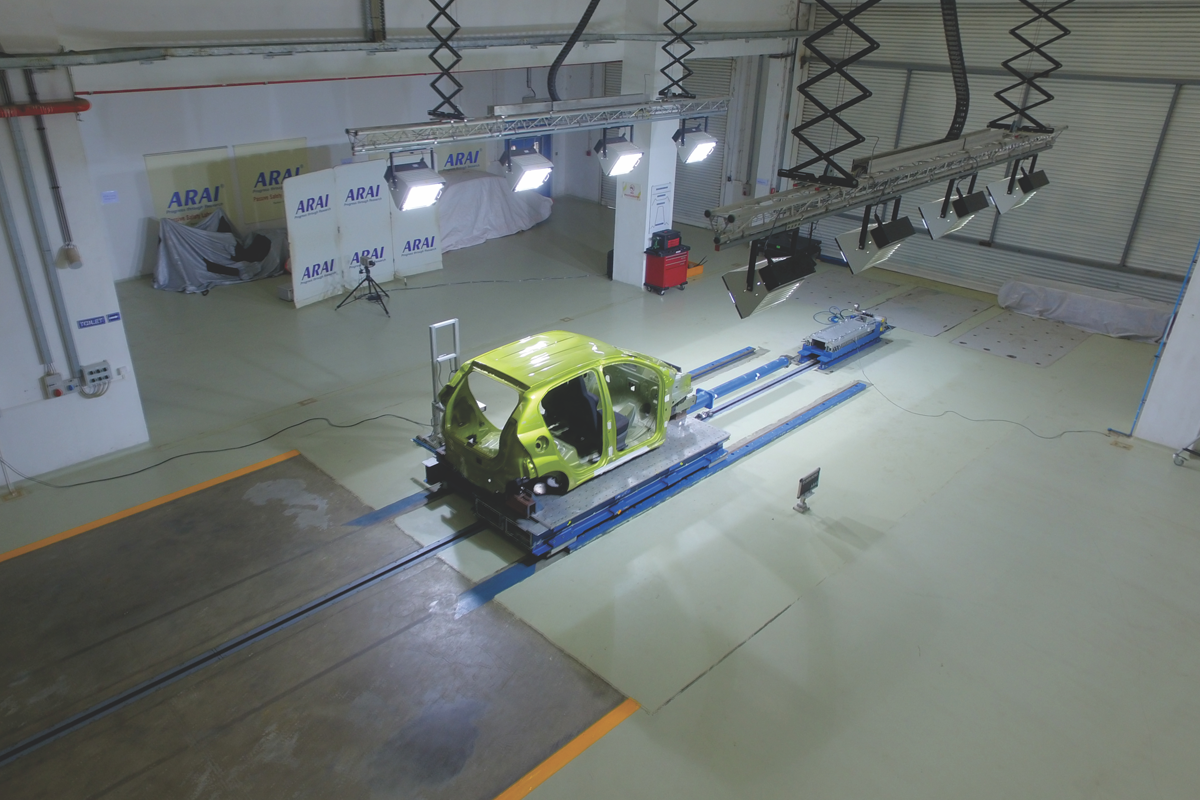
Bharat NCAP Star Ratings
To simplify the assessment process, here’s a breakdown of the star ratings and their corresponding points:
| Rating | Adult Safety Points | Child Safety Points |
|---|---|---|
| 5-star | 27 points | 41 points |
| 4-star | 22 points | 35 points |
| 3-star | 16 points | 27 points |
| 2-star | 10 points | 18 points |
| 1-star | 4 points | 9 points |
Eligibility and Participation
Bharat NCAP welcomes a range of vehicles to its testing regime. Vehicles eligible for testing are those accommodating up to eight passengers, weighing under 3.5 tonnes, and falling under the M1 category. This includes not only conventional petrol and diesel vehicles but also CNG and electric vehicles, aligning with India’s transition to eco-friendly modes of transportation.
Moreover, the cost of participating in the Bharat NCAP will be much lower than that of other assessment programs as it is held in our home turf. Cost of participating will be about 60 Lakh rupees, as opposed to upto 2.5 Crore rupees. This will standardize testing at an affordable cost.
The Workflow of Bharat NCAP
The process of determining a vehicle’s safety rating under Bharat NCAP involves several sequential steps:
- The car manufacturer nominates a vehicle model.
- The chosen vehicle variant is selected using a random process by the Bharat NCAP team.
- The selected vehicle undergoes crash testing at the Bharat NCAP testing facility.
- The test results are shared with the car manufacturer and later approved by the Bharat NCAP standing committee.
- Upon approval, the safety rating and test outcomes are published by Bharat NCAP, with the certification issued by the Central Institute of Road Transport (CIRT).
Conclusion
In conclusion, as India prepares to introduce the Bharat NCAP crash test ratings, a significant stride is taken towards ensuring road safety. This initiative not only raises awareness about vehicle safety but also encourages manufacturers to enhance safety standards. Lastly, with its official launch, Bharat NCAP is poised to significantly contribute to minimizing road accidents and enhancing overall road safety.
